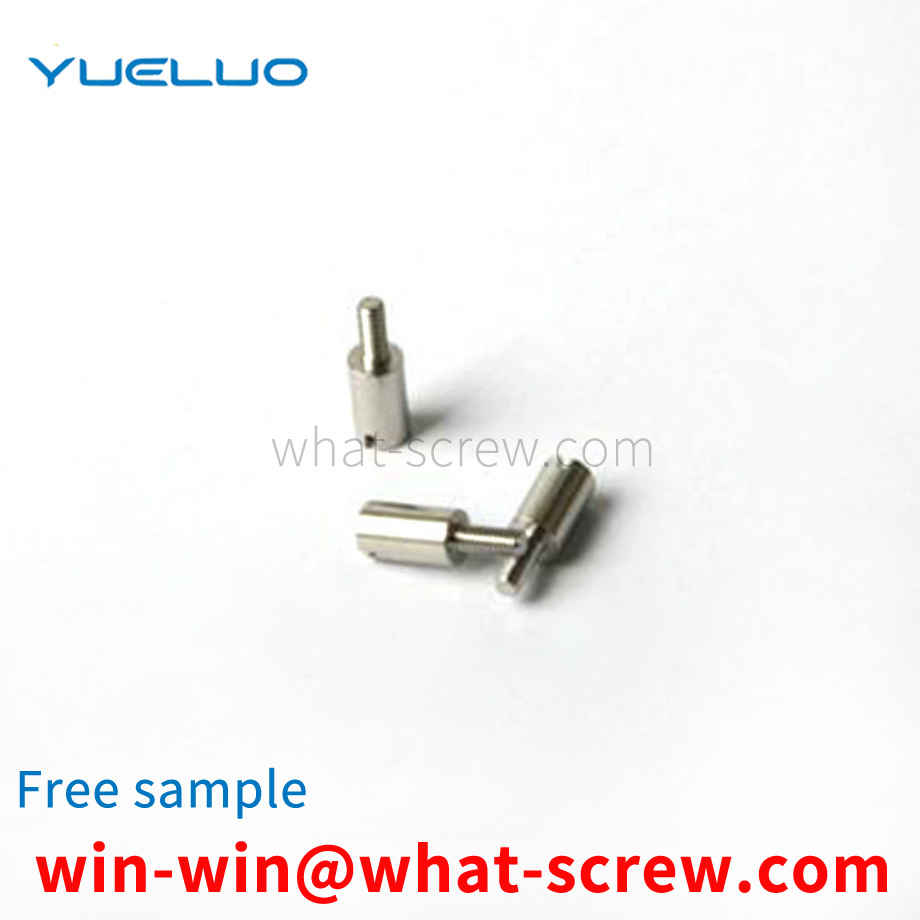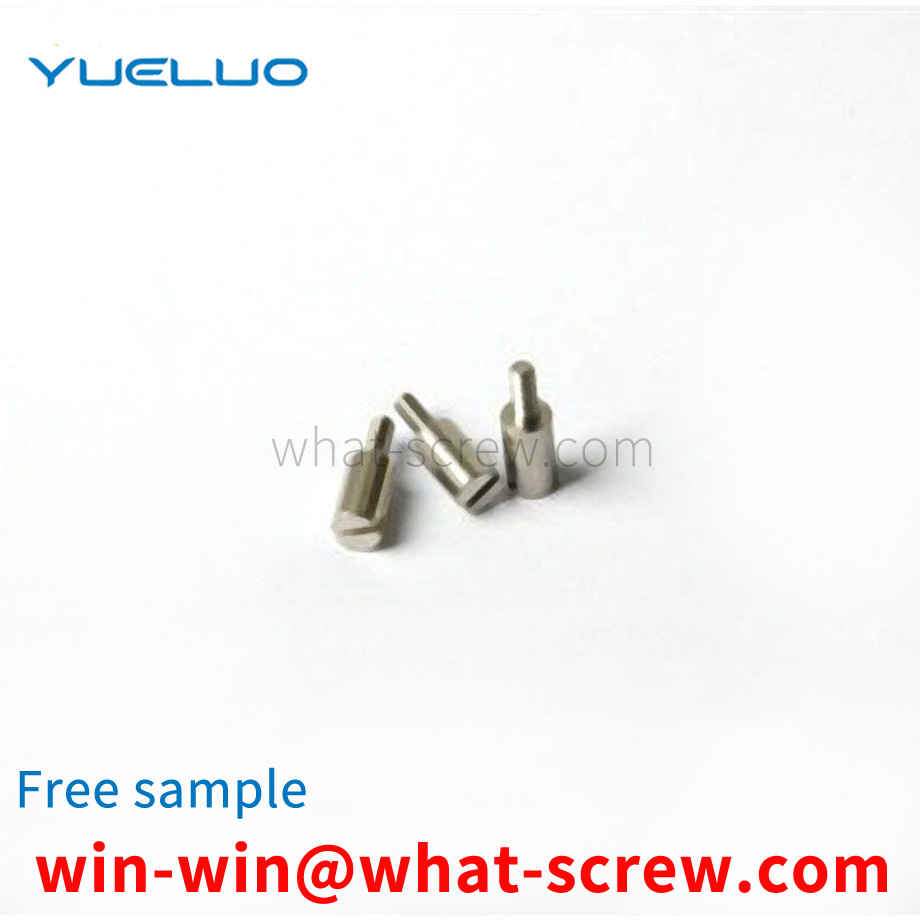There are many names for screws in the scope of application. Everyone may have different names. Some people call them screws, some people call them screws, some people call them standard parts, and some people call them fasteners. Although there are so many names, but the meaning is the same, they are all screws. A screw is a generic term for a fastener. The principle of the screw is to use the physical and mathematical principles of the oblique circular rotation of the object and the friction force to gradually tighten the tool of the utensil. Screws are indispensable in daily life and industrial production, so screws are also known as the rice of industry. The scope of application of screws includes: electronic products, mechanical products, digital products, electrical equipment, electromechanical mechanical products. Ships, vehicles, hydraulic engineering, and even chemical experiments also use screws. There are many types of screws, whether it is a very small screw for glasses or a large screw for large heavy electrical engineering. The accuracy of screws is usually 6g (class 2, the American standard IFI is 2A teeth), and the rough screws used in construction projects are 1g. Screws are widely used, so the screw market is large, resulting in more manufacturers producing screws. When buyers choose a professional screw manufacturer, they need to understand some professional basic knowledge of screws, such as screw classification standard specification and American screw specification table.
The first person to describe the spiral was the Greek scientist Archimedes (c. 287 BC - 212 BC). An Archimedes screw is a huge spiral contained in a wooden cylinder that is used to irrigate fields by raising water from one level to another. The real inventor may not be Archimedes himself. Maybe he was just describing something that already existed. It may have been designed by the skilled craftsmen of ancient Egypt for irrigation on both sides of the Nile. In the Middle Ages, carpenters used wooden or metal nails to attach furniture to wooden structures. In the 16th century, nail makers began producing nails with a helical thread, which were used to connect things more securely. That's a small step from these kinds of nails to screws. Around 1550 AD, the metal nuts and bolts that first appeared in Europe as fasteners were all made by hand on a simple wooden lathe. Screwdrivers (screw chisels) appeared in London around 1780. Carpenters have found that tightening a screw with a screwdriver holds things in place better than hitting with a hammer, especially with fine-grained screws. In 1797, Maudsley invented the all-metal precision screw lathe in London. The following year, Wilkinson built a nut and bolt making machine in the United States. Both machines produce universal nuts and bolts. Screws were quite popular as fixings because an inexpensive method of production had been found at that time. In 1836, Henry M. Philips applied for a patent for a screw with a cross recessed head, which marked a major advance in screw base technology. Unlike traditional slotted head screws, Phillips head screws have the edge of the head of the Phillips head screw. This design makes the screwdriver self-centered and not easy to slip out, so it is very popular. Universal nuts and bolts can connect metal parts together, so by the 19th century, the wood used to make machines to build houses could be replaced by metal bolts and nuts. Now the function of the screw is mainly to connect the two workpieces together and play the role of fastening. The screw is used in general equipment, such as mobile phones, computers, automobiles, bicycles, various machine tools and equipment, and almost all machines. need to use screws. Screws are indispensable industrial necessities in daily life: extremely small screws used in cameras, glasses, clocks, electronics, etc.; general screws for televisions, electrical products, musical instruments, furniture, etc.
concealed screw fastener includes a washer, a screw and a shield, one end of the screw is provided with an end cap, the screw penetrates the washer and the end cap is supported on the washer, and the shield covers the end of the screw The cap is peripheral and connected to the gasket. When in use, firstly pass the screw through the washer and then drive it into the screw hole of the connected piece, and then cover the shield on the outer circumference of the end cap of the screw and connect it with the washer.
The hexagonal flange surface nut mainly includes a nut body, a flange surface is fixed at one end of the nut body, and a cap is fixed at the other end of the nut body. Has good sealing and corrosion resistance. The hexagonal flange surface nut mainly includes a nut body, a flange surface is fixed at one end of the nut body, and a cap is fixed at the other end of the nut body; since the cap is set on the nut body, it has the Better sealing can effectively prevent rain, moisture, dust and other harmful substances from immersing in the nut body, prevent the nut body from rusting, and greatly extend the service life of the hexagonal flange nut.
In the field of mechanical design, there are a large number of connector connection structures that need to be fastened and positioned. As shown in Figure 1, the more common positioning and fastening connection methods at present are that pins 5 and fasteners are used for positioning and fastening, respectively. That is, cylindrical pins or taper pins are used for positioning, and fasteners such as screws or double-ended studs are used for fastening.
We have many years of experience in the production and sales of screws, nuts, flat washers, etc. The main products are: DIN436, bearing washers, star thumb screws, water bottle cage screws and other products, we can provide you with suitable fastener solutions for you .



















 Service Hotline
Service Hotline




